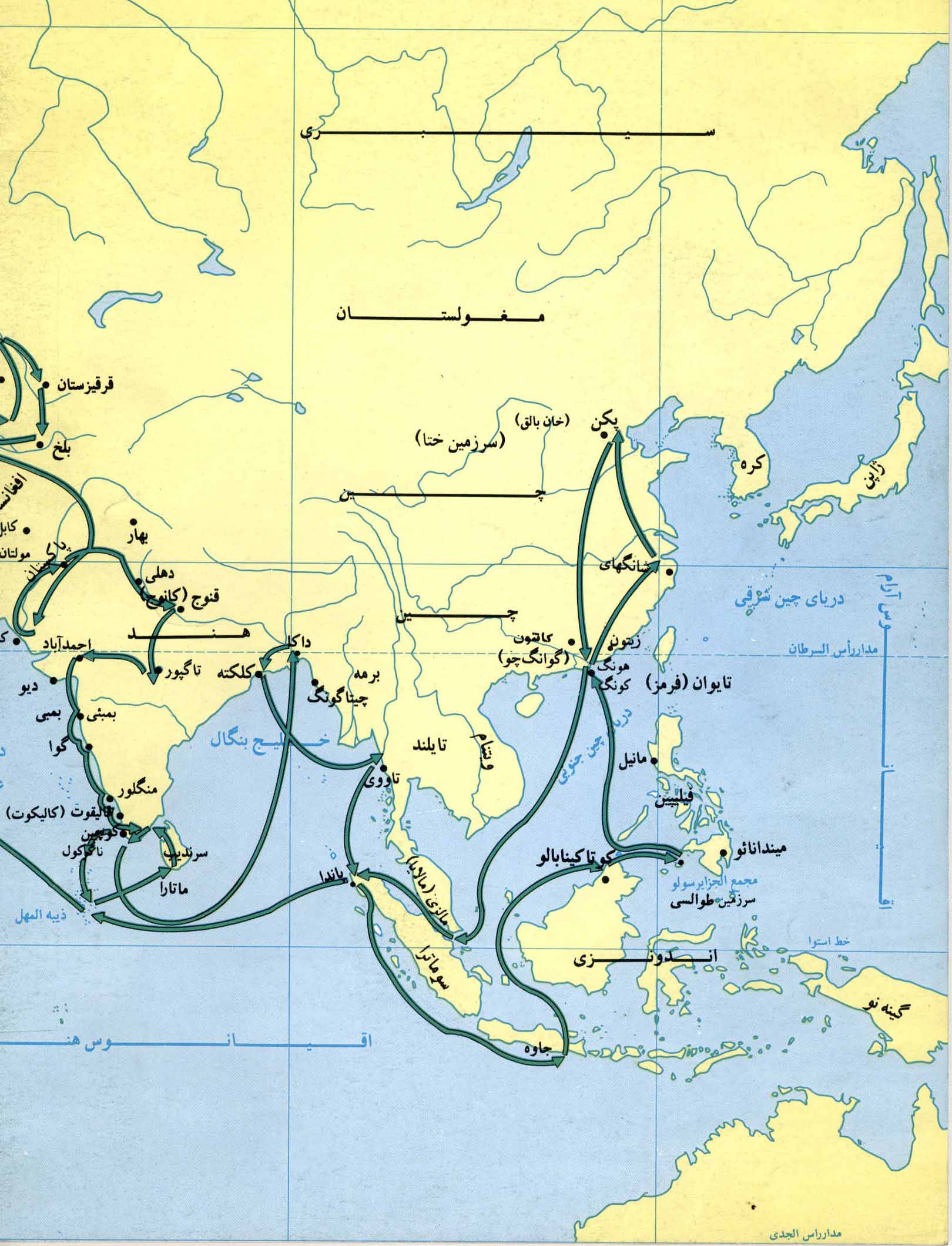Document Type : Research Paper
Author
Abstract
These playas cover from 25 to 528225 square kilometers (Dasht-e Kavir). Thirty-three playas have areas less than 300 square kilometers, and except Dasht-e Kavir, the largest playa is 4685 square kilometers wide.
Twenty playas were studied directly on the ground, twenty by low-height airplane flights and twenty by aerial photographs. The goal of these studies was to prepare maps and identify hydrological and lithological conditions and their genesis.
Iran’s playas have been usually formed on low lands, and a number of them are located amongst mountains. Climate, vegetation, lithology, structure, terrain and water catchment and drainage systems are the main creators of the environment and shape of playas.

